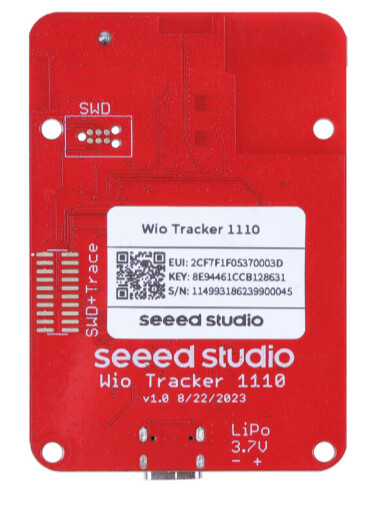Hi there,
“you shouldn’t”…
“disclaimer” These are my own opinions , not reflective of any company or user class and may be TLDR for some.
So officially it’s this.
Serial Wire Debug (SWD)
developed by Silicon Labs
https://community.silabs.com › article › serial-wire-deb…
(Silicon Labs Community)
Serial Wire Debug (SWD) is a 2-pin (SWDIO/SWCLK) electrical alternative JTAG interface that has the same JTAG protocol on top. SWD uses an ARM CPU standard …
So The Xiao is unique and if you’re bricking or having issues flashing through USB then “your doing it wrong”  LOL or there is something else afoot system wise.
LOL or there is something else afoot system wise.
I have programmed (flashed)100’s of them with maybe 2 ever having issues and I had to go and use the SWD to recover Worked well. The jlink part is TOO expensive and thus would provide a high barrier to entry and requiring another piece to get going.
Mind you it is for DEBUGGING the code and Instead of changing the Xiao , change or update the Xiao expansion board design (PoGo’s) that works with the ARM and RISC platforms. would be my choice. I like that I need nothing but a GOOD cable to get the code to it. (nRF52840’s BLE and Sense)
Espressif is F’n ing the whole thing up with all the dissimilar chips and pinouts, features and NO Standards, their latest move with the New IDF, while better for them throws anything before under the bus. They are trying hard to unlevel the playing field and making their CHEAP chips and platforms more proprietary than OPEN. So throw the stones at them. I think there stuff is just ok, speed is meh’ BLE and WiFi are not usable concurrently without a lot of hoop jumping, Flash is all over the place with sizes and capabilities. there low power claims and actual are not consistent.
Arduino is great for beginners,“main group” Xiao got integrated well in the framework, despite the 2 (BSP groups) YUC  However NO Debugging natively which is BAD, Very bad it’s like a half a loaf when we want and need the whole thing… make a debugger software or plug-in that works with Arduino would be the best solution, as it’s only needed when your flying too close to the sun code development wise…
However NO Debugging natively which is BAD, Very bad it’s like a half a loaf when we want and need the whole thing… make a debugger software or plug-in that works with Arduino would be the best solution, as it’s only needed when your flying too close to the sun code development wise…  I love being able to single step my code in PLIO and update var and reg in real time. This makes coding and learning FLY.
I love being able to single step my code in PLIO and update var and reg in real time. This makes coding and learning FLY.
read all the threads where most of the issue’s are/is related to above.
I would shift some of Seeed’s engineering to software development to better support the product line to a complete end to end solution, Great hardware backed by solid tools to develop with, weather or not it’s in a new full featured Xiao Expansion board that has functional debugger which is sorely missing. New coder’s would be better served.
for instance, The Nordic PPKII and Dev boards knock it out of the park. the SDK not so much a beginners platform. With PLIO and Xiao along with a JLink and PPKII One can’t beat it for Speed and
thoroughness of testing your designs Hardware and Firmware. Nothing else comes close. The learning curve is less severe if you can read. 
In summary, Don’t change the Xiao change what is missing to fully support it properly.
HTH
GL  PJ
PJ 
Idea for a live stream, would be an actual “HOW TO” solder the Xiao to PCB’s with attention to the Proper board layout to accommodate the soldering of the bottom pads. Mya tech never fails see the threads. 44 PCB’s and counting not one failure all hand soldered. FYI (OVAL holes)
